When the marketing era began, companies started realizing that they could attract customers with differentiated offers. One such industry where differentiation was bought at the store level was Retail.
Just like we have seen the rise of E-commerce, Retailing was similarly rising rapidly back in the 80’s and 90’s and it is still rising in the developing and underdeveloped nations of the world. Retailing has huge costs associated with it but the margins and turnover is high too.
Based on consumer behavior and manufacturers abilities, there are various types of retail stores which exist in the market. Each of these retail outlets are different based on the products they offer and the way they offer it. What are these retail stores and what are they called? Let us have a look.
Table of Contents
10 Types of Retail Stores
1) Speciality Store
A speciality store is one which focuses on one or two specific categories. They have a very narrow product line. However, the advantage of a speciality store is that you will find many things in that store related to that speciality which you might not find on the open market.
Did you know how emerging technologies are reshaping retail stores?
Recent industry insights suggest that artificial intelligence is becoming a game-changer in the retail sector. According to a report by McKinsey, retailers implementing AI-driven technology in areas such as supply chain optimization, customer experience enhancement, and inventory management have seen an efficiency improvement of up to 20%. These advancements not only streamline operations but also provide personalized shopping experiences, encouraging customer loyalty and increasing overall profitability.
For those looking to enhance their retail strategy, investing in AI-powered tools can yield significant benefits. A practical tip is to start small by automating repetitive tasks like customer inquiries through chatbots, thereby freeing up human resources for more complex interactions. This approach not only ensures efficient service but also helps in gathering valuable customer data that can be used to further tailor marketing strategies, ultimately driving better business results.
Example of Specialty store – There are two examples of retail stores which can be considered as Specialty stores. The first example includes stores which are specialized in bodybuilding or sports. Such stores will have all different kind of fitness equipment’s and you can find equipment’s which you won’t find in the common market. Thus, if you had to buy fitness equipment, you would probably visit the speciality store.
Another example includes the technical stores which are specialized. If you had to buy a water purifier, it is highly likely you will go to an “expert” store which only sells water purifier and all different kinds of spare parts related to water purifiers. Thus, because of their nature of being specialized, these retail stores are also considered as speciality stores.
2) Department store
Department stores are generally located within malls and they may not have their own independent stores. Department stores have a lot of products under their roof. They will sell clothing, men’s and women’s accessories, children’s toys, home furnishings and many different things.
They generally have separate sections for separate categories. However, the number of categories are not exhaustive. These stores might not deal in as many categories as Supermarkets or hypermarkets. They will not sell FMCG items like Soap or shampoo. Even if they sell that, they will limit the categories by some other means.
The footfall in department type of retail stores is of people who want some specific things. These products can be “mid to high level” type of products like watches or clothing.
Example of Department stores – Typical example of such stores includes Macy’s, Shoppers Stop, Pantaloons, Kohl’s etc.
3) Super Markets
They are known to be vast marketplaces with a wide variety of categories available. Most of these categories deal in the residential market segment by dealing in a lot of food varieties, necessary and useful products, groceries, bakery products, laundry, etc. More than consumer durables, these types of supermarkets focus on the FMCG products.
Many customers in the supermarket are looking to refill their home inventory and the best place to do that is the supermarket because you can fill up with a lot of stuff in very less time. Product assortment is a speciality of supermarkets because the products need to be displayed in such a manner that the customer gets attracted to them and they sell faster.
Normally, Supermarkets are also preferred because they have a lot of variants of the same product. You can find a lot of different varieties of soaps and shampoos at your local supermarket which you won’t find in your local convenience store. As consumers grow, supermarkets are becoming smarter and smarter and bringing various price incentives to shop with them.
Some examples of Supermarkets include Whole foods, Costco, Big Bazaar etc.
4) Convenience stores
A store in your locality which provides the most basic material to you in a timely manner and which is available to you for all basic needs is a convenience store. These are small stores which do not have too many categories or too much depth in their product line. They will have 2-3 types of each product and the volume too will be lesser. Nonetheless, they are almost anywhere and In any country that you go too.
Typically, most convenience stores provide low-level items which are not even mid-range. The advantage of a convenience store is, well, its convenience. It is nearby. So, if you have forgotten to bring milk, you need not enter the mall again, check in your bags, go to the milk section, checkout and drive back home. All you have to do is visit the store, buy milk and come back. The shop is a small shop giving super-fast service with a focused approach.
5) Drug stores
Drug stores are the ones which sell medicines and are specialized in it. They can be a form of specialized store itself but let’s face it – drug stores are now wider and longer than any specialized store because of the population and the number of medicines we need in day to day life.
But drugstores now sell many other things besides pharmaceuticals. They have become another form of specialized retail stores where many things can be bought like Health and beauty products, basic snacks, protein supplements, small medical equipment as well as other personal care and healthcare products.
6) Discount Stores
Ever heard of the words “Every day low prices”. If you have not, that is the tagline which Walmart used to great effect to sell off its wares and to become one of the leading retail stores in the market. Walmart can be categorized in two different kind of retail stores – The Supermarkets or Discount stores. However, due to its pattern of discounting and attracting customers on the basis of discounts, it is more apt to place Walmart as a Discount store.
Discount stores sell all products at a good discount which attracts the customers. They do this by buying the products in huge volumes from the company. On the front end, they also establish a huge number of supermarkets and hypermarkets so that they can liquidate these products to the customers by passing on the margins.
The Discount type of retail stores are categorized into three main features
- Low selling price of products – possibly lowest in the market
- Low margins for the product, therefore, low bottom line
- A very high volume of sales possibly by selling certain products even in negative margins to attract the customers (something which E-commerce companies are doing nowadays).
7) Extreme discount stores
The best examples of Extreme discount stores are Aldi and Lidl which are one of the top retail stores in the UK and are also one of the competitors of Tesco. These stores have many wares which are very cheap in price and are sold at dirt cheap rate. The supply in these stores may or may not be regular and they work more on the “deal” basis.
The second feature which separates these extreme discount stores from discount retail stores is that most of the brands they carry are private label brands and are from small manufacturers. Aldi and Lidl both carry more of private label brands and their inventory is more than 60% made of private label brands. Naturally, this makes a huge difference in pricing because the purchase price itself is lower and hence the sale price will be lower too.
Being of the extreme discount variety does not mean that the quality of the products is very low. In fact, many of the products generate good revenue from such stores and might become brands by themselves later on. Such stores prefer buying from local suppliers to cut transportation cost and have strict cost control measures in place.
8) Off-price / Used goods store
Ebay started in this business very well and sold many products at a good discount because they were products which had some small defect, or they were leftover goods from the manufacturers who did not find the goods up to the mark. Another market which is booming right now is the used goods store.
The market of Used goods or resale Is so big that even brands like Audi or others are now offering support and ratings for the sale of used goods so that consumers are happy even with the used products.
Off-price stores are stores which sell items that have a minor defect during the time of manufacturing or which have a small defect due to handling. The sale of off-price goods is on the rise because of the establishment of E-commerce portals like Amazon and Alibaba. When you sell on these portals, there is a small percentage of products which gets damaged during transit. Such products are directly sold to the off-price type of retail stores which sell it to the end consumers.
The advantage of these stores is the very low price you get. The disadvantage is that the stock does not last long and you have to compromise for the goods which might have minor defects.
9) Super Stores or Hyper Markets
Superstores are retail stores which are huge in size and have many many different categories under their belt. Think of a Superstore having everything under its roof – all the products that you can buy as a “residential consumer”. These retail stores are not found in malls. Rather they are malls by themselves.
Tesco, Asda, Sainsbury, Walmart, Costco all are players which have the presence in the hypermarket segment. A superstore is also a type of discount store because without discount the customers will not be attracted.
But generally, a superstore or a hypermarket does a good job of balancing the cheap the good, the quality as well as the premium. Basically, you will find low level, mid-level and even high-level quality of products in a hypermarket. Hence it is known as a “complete market”. This category is being affected most heavily since the advent of E-commerce because there is huge cost associated with running a superstore or a hypermarket.
10) E-commerce Stores
Without a doubt, E-commerce is the future of retail. Even now, Amazon has a huge market share of retail and has a top positioning in the customer’s mind. If you don’t get a product anywhere offline, you will definitely find it online because the sellers from all across the country sell products online and there is even an option to import the product from another country. This reduces the cost of distribution of product and increases the total number of products available to the end customers.
Not only Amazon or Alibaba, there are many small E-commerce retail stores popping up as well. Every specialized retailer or even convenience goods salesperson is launching his or her website and directly selling products from their website which is nothing but a type of E-tailing. In the future, we can see almost all brands having their own online retail stores and cutting the middlemen by directly selling to end customers. If you can buy a Zara outfit online, why will you go to a Zara store or to even other fashion retailers? You will directly buy from Zara.
The above were the 10 type of retail stores and retail outlets in the market. The future of retail is the combination of offline and online. Walmart also has its own E-commerce store now and does a huge turnover through its online store. The advantage of Walmart over Amazon is its offline presence is huge as well. So, if a customer is unhappy with a product, he can go offline and return it to his local Walmart as well. This confidence helps the customer in making a decision.
Retail is and will always be a competitive segment. There is no denying the fact that retail is one of the segments where the cost is high, and the margins are low. However, retail covers up that disadvantage with the huge turnover and volume you can do from a retail outlet.
Liked this post? Check out the complete series on Retailing
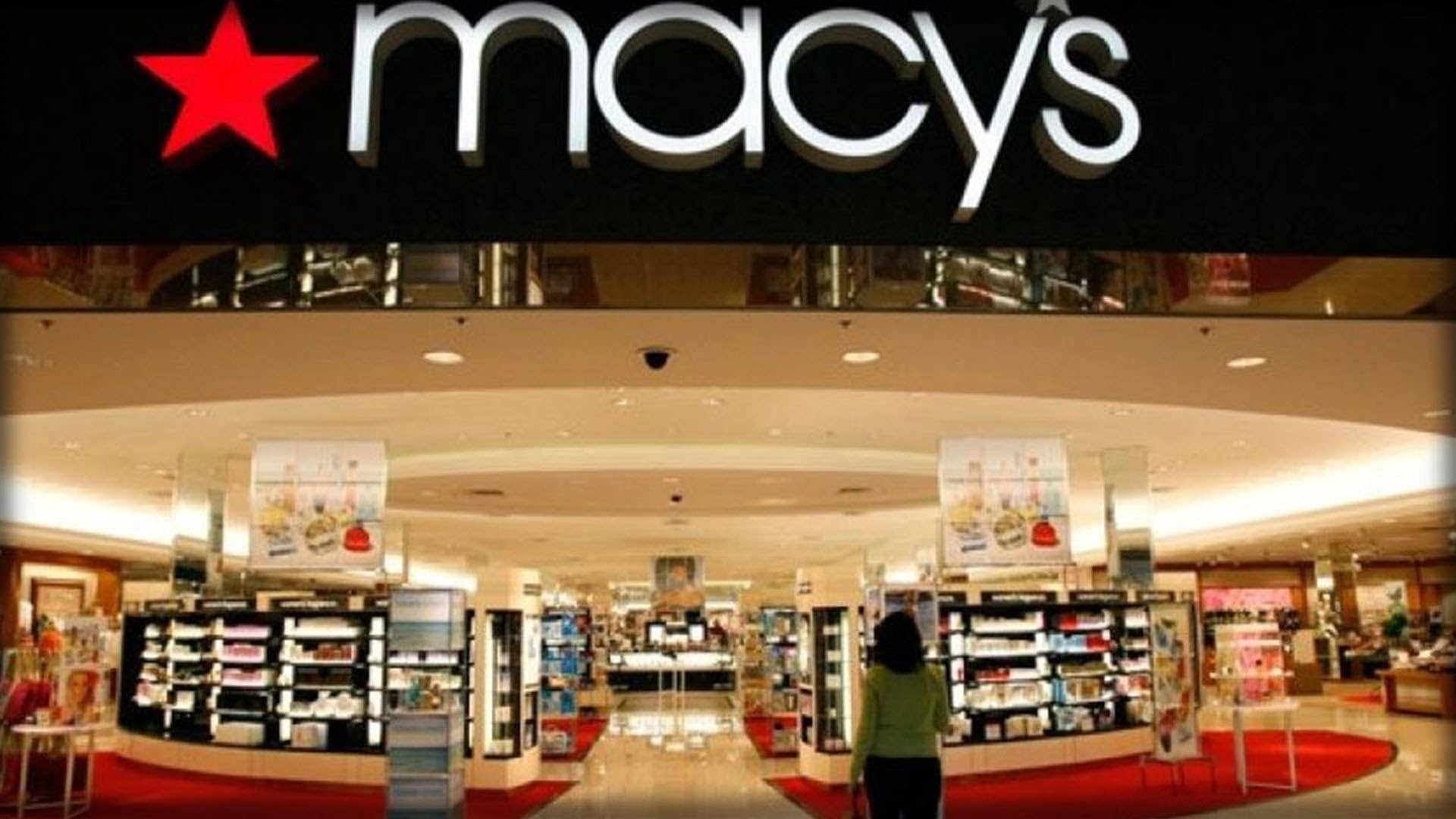
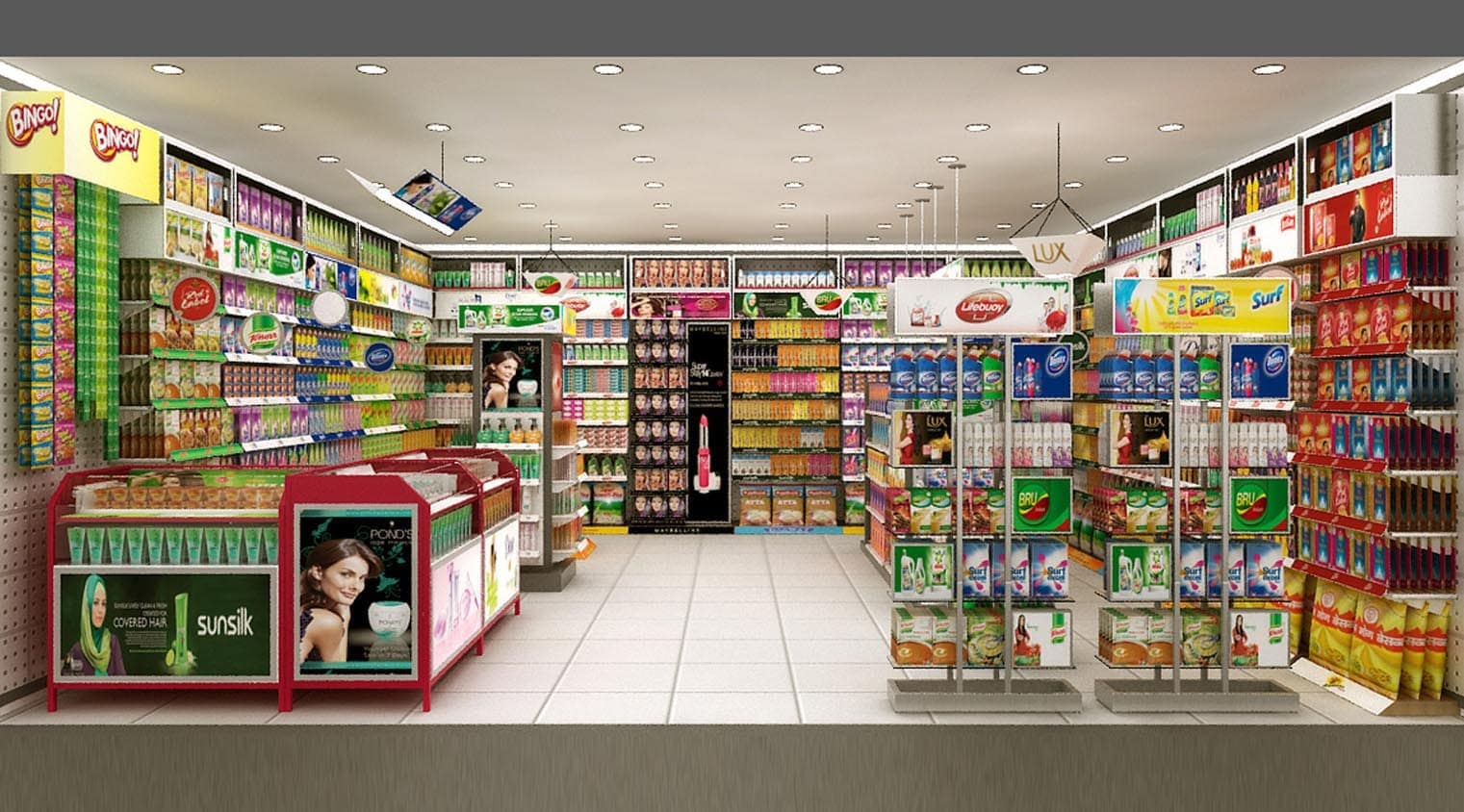

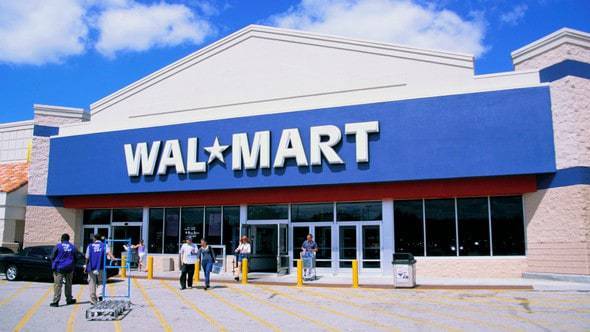
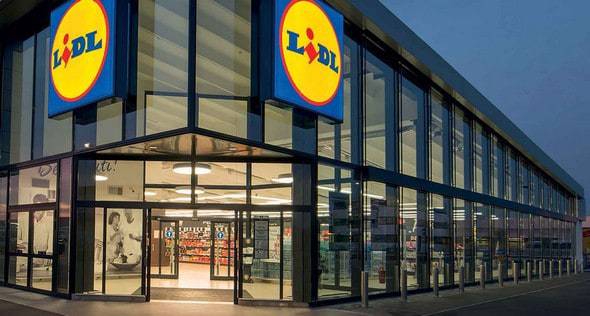
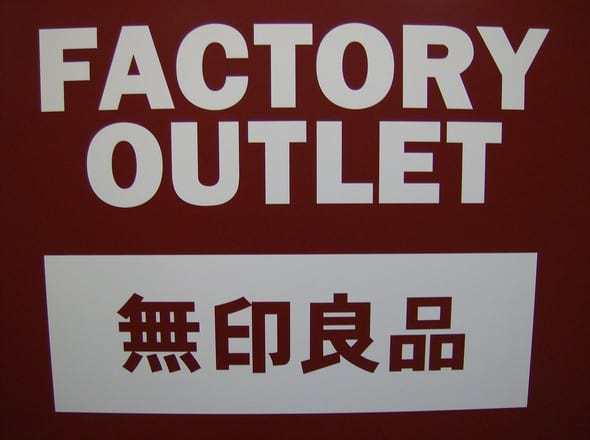
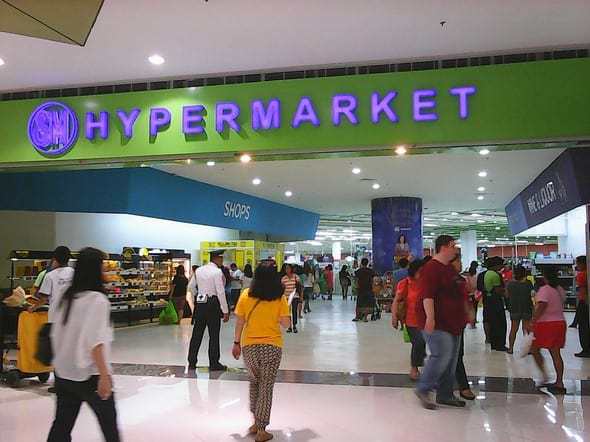

Types of retail stores